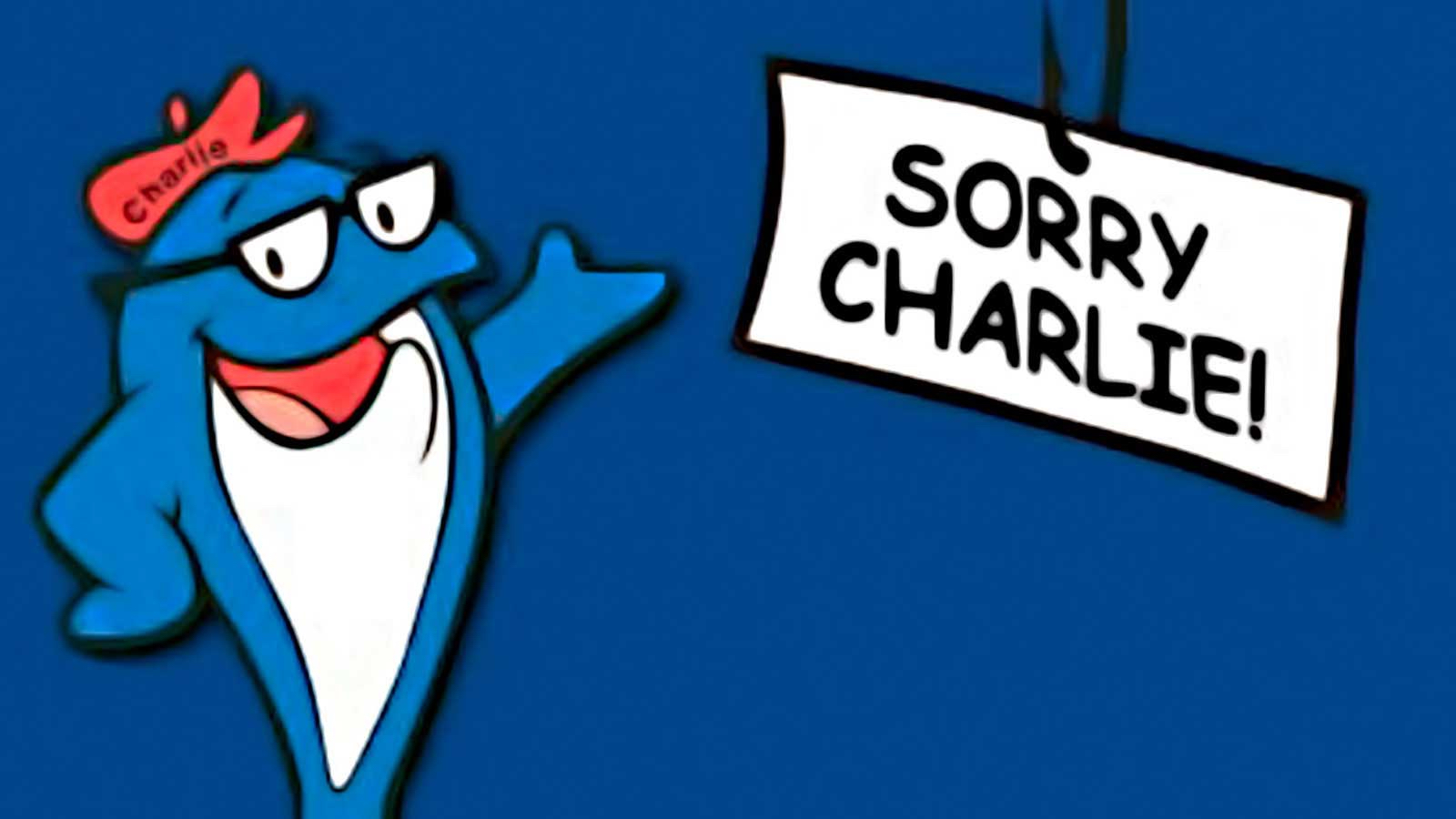Below is a summary of the abstract you submitted. Presenting author(s) is shown in bold.
If any changes need to be made, you can modify the abstract or change the authors.
You can also download a .docx version of this abstract.
If there are any problems, please email Dan at dar78@pitt.edu and he'll take care of them!
This abstract was last modified on March 19, 2024 at 1:29 a.m..

There are an estimated 10^31 bacteriophage particles on Earth, making them the most abundant biological entity. Despite this, they are termed the “dark matter” of the biosphere: the majority of bacteriophage genes code for proteins with unknown functions and there is enormous genetic diversity to uncover.
The University of Ottawa has embarked on a new SEA-GENES journey with the exploration and gene characterization of the mycobacteriophage Charlie. Charlie belongs to the N cluster, a small group of which has been shown to encode for various distinct viral defense systems. Charlie has 68 genes, of which 45 (66%) remain of unknown function (NKF) and has a high GC content of 66.3%.
We are individually cloning each of Charlie’s 68 genes into an anhydrotetracycline (aTc) inducible plasmid which can be transformed into the host, Mycobacterium smegmatis mc2155. After induction with aTc, each of the cloned genes are overexpressed and we test if this expression causes toxicity in the host and if expression impacts immunity of the host to phage infection. These phenotypes will provide information about the function of each gene.
So far, our group has cloned 30 Charlie genes and tested the cytotoxicity of thirteen. Three of the thirteen genes tested have shown cytotoxicity, including a RecE-like exonuclease (gp47), a RecT-like DNA pairing protein (gp48), and one gene with no known function (gp34).
Two genes, gp22 and gp28 were very challenging to amplify using polymerase chain reaction (PCR). We solved this issue by using Q5 DNA polymerase with High GC Enhancer. We have also had challenges confirming some clones using a PCR-based clone verification and in these cases, we have used a restriction enzyme digestion to confirm the correct insertion of the Charlie gene.
Past work from the Hatful lab noted that Charlie lysogens express reverse strand transcripts from the region around gp39, which is a froward strand gene. We are testing if overexpression of this region causes any cytotoxicity and immunity phenotypes. If our assays reveal a phenotype, we will map the region of 700bp fragment we are testing to determine the size of the potential regulatory RNA that is needed to confer a phenotype. Non-coding RNAs have been characterized in many phages with roles in both the lytic and lysogenic cycle, and we are interested if this region may play a role in prophage-mediated immunity in Charlie lysogens.
We are on-track to finish Charlie cytotoxicity assays by the end of summer, and future experiments will center around testing if overexpression of Charlie genes cause immunity to infection with Charlie and other N cluster phages, protein-protein interactions between genes that are cytotoxic and the M. smegmatis proteome, and to characterize cytotoxic gene deletion in Charlie.

